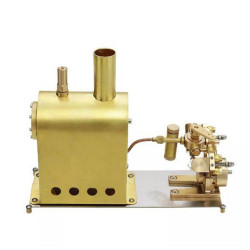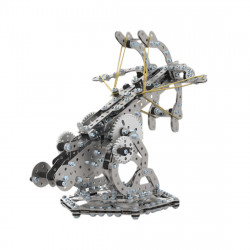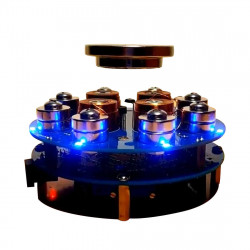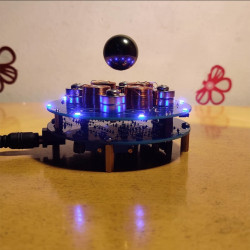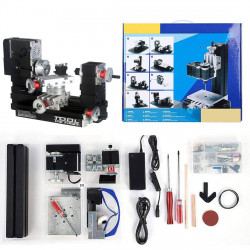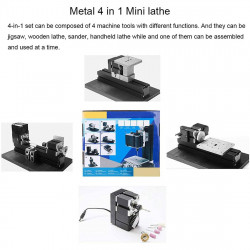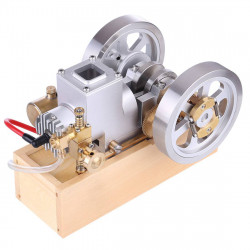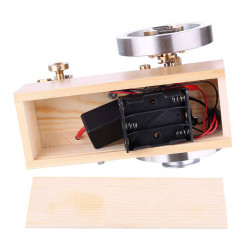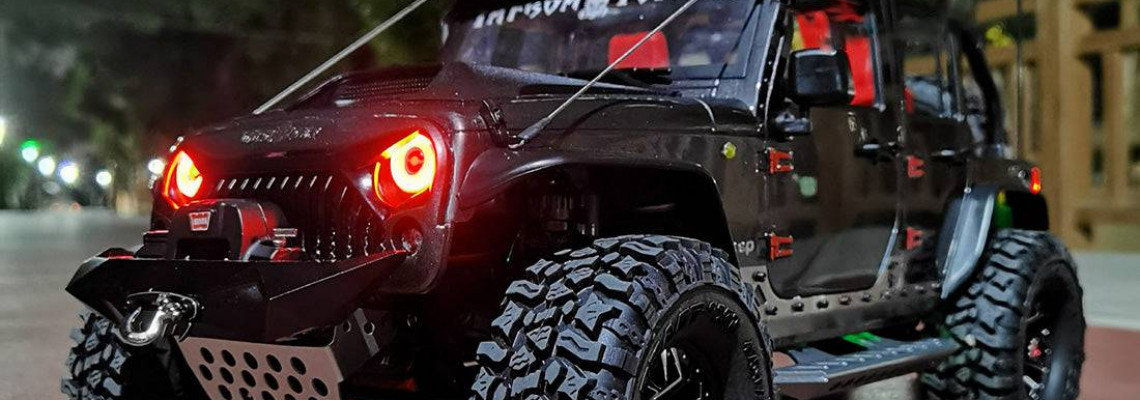
How To Discharge Your RC LiPo Batteries - Fast!
Is it necessary to discharge LiPo batteries? Yes, and just putting your LiPo battery in your car and using it is one of the most significant and most fun ways to discharge it. However, that isn't always feasible. If you're looking for this information, you want to know how to discharge and charge your batteries properly. With LiPo batteries, discharge technology has advanced significantly. The best techniques we employ for discharging LiPo batteries are covered in this post.
Discharging Batteries in the Olden Days
These days, we have much more control over how we discharge our batteries, and we have some really cool products that can do the job for us—unlike those light bulbs. In the past, we would light up a string of bulbs that were connected to our battery, and if you were paying attention because you had to watch it, you would disconnect your battery as soon as the lights started to dim.
What is the correct discharge rate per cell for LiPos?
Before talking about some of these goods, we should highlight that most battery chargers also have discharge capabilities. Nevertheless, those discharge powers are frequently diminished in comparison to their charging capabilities. It all boils down to the charger's wattage and amps, and the same is true when discharging. Therefore, when buying a new charger, it's crucial to consider its discharge capabilities.
Let's take a look at some basic math to understand why the charge rate in this example may have a very high amp (25a) and watt (200w) charge capabilities, but its discharge capabilities are much lower (5a / 30w). You may set the amperage high in your charger when you're discharging, but that doesn't mean the unit can do that.
Note: A 2S LiPo = 7.4v because one cell's nominal voltage is 3.7v when charging a LiPo. However, while draining a LiPo, we presume the battery is already charged. Additionally, each cell of a charged LiPo has 4.2 volts. Thus, 8.4 volts would be the voltage of a charged two-cell LiPo.
The formula for our primary component in this discharge lasagna is WATTS ÷ VOLTS = AMPS. To determine the maximum amperage needed to charge your battery, you would use the same formula.
Therefore, if we were to use this charger to discharge a two-cell LiPo, we would divide the maximum discharge wattage of 30 watts by 8.4 volts, which would yield 3.5 amps (30w ÷ 8.4v = 3.5a). That's the quickest a two-cell LiPo can be discharged with this charger. Then, if we wanted to discharge a 6S LiPo, we would divide 30 watts by 25.2 volts, which would yield 1.2 amps (30w ÷ 25.2=1.2a). It's also slow. Because our wattage maxes us out, even if this charger can discharge up to five amps, we aren't even near that limit. When charging or discharging, you'll reach the maximum once you reach either the watts or the amperage limit.
Let's now assume that the identical battery charger can discharge up to 80 watts. For a two-cell, we would divide 80 watts by 8.4 volts, which would get 9.5 amps (80w ÷ 8.4v). The calculation for a 6S battery is 80 watts ÷ 25.2 volts, which yields 3.7 amps (80w ÷ 25.2v = 3.7a). What if a two-cell system could discharge 200 watts? We would get 23.8 amps by dividing 200 watts by 8.4 volts, which is 200 watts ÷ 8.4 = 23.8 a. We obtain 7.9 amps by dividing 200 watts by 25.2 volts (200w ÷ 25.2 = 7.9a) for a 6S. If the charger could discharge at that amperage, these would be quick discharge times.
However, even though this discharger may produce 200 watts, it can only reach a maximum of five amps in this scenario. Therefore, whether it was a 2-cell or a 6-cell would not matter. We are limited to a maximum discharge of five amps. Check the discharge capacities of the LiPo batteries you use by looking at your charger. Determining how fast you can discharge is an enjoyable task. It isn't that quick.
What is the easiest way to discharge LiPo batteries?
The iSDT FD-100 LiPo battery discharger, which has a 6 amp and 80-watt capacity, is the first thing we will discuss. Due to its ease of use, this discharger is among the simplest on the market. It features two buttons for choosing your amperage and cell count.
Remembering our formula, you know that if we set it to 8S for an 8S LiPo and set it to 6 amps, it won't drain very fast because this is 80 watts and up to 6 amps. Nonetheless, a two-cell LiPo will function, and this small device will suffice for the majority of applications. It's small and charges your batteries really quickly. It effortlessly tucks out of the way and can be placed on your workbench or in your pit box. Note: Although this product is no longer available, it still produces the portable FD-200 8S Smart LiPo discharger, which charges even more quickly than its predecessor.
Do you need a more powerful LiPo Battery Discharger?
The next discharger we have on hand is the most potent one we currently have, and we use the SkyRC BD 250. This guy can handle up to 35 amps and 250 watts. Therefore, we use the BD 250 to bring our batteries back down to the balancing charge/storage levels if they have a bit too much juice before putting them away. Unlike the ISDT, this discharger has an XT 60 connector, although it is larger and heavier than the iSDT. Unlike the iSDT, which can be operated by just plugging in the battery and pressing a few buttons, this discharger needs more human control. You must connect your battery to the BD 250, set the end voltage to instruct the device when to shut off and adjust the dial to the appropriate amperage you wish to discharge at. Although we know from the earlier calculations that the highest we'll obtain is roughly 24 amps, we could tune that amperage up to 30 amps for a two-cell LiPo. We would then adjust our end voltage to approximately 7.4. When the LEDs light up and the fan begins to try to disperse all of the heat that is being produced, you will know it is working correctly. The device will turn off by itself after it is finished. To see how quickly those cells drop, we prefer to attach our cell checker to the balance lead out of curiosity. Although the SkyRC BD 250 costs around $130, it is well worth the money. There are also other intense discharges besides the BD 250. They rely on the Junsi iCharger system, though. To improve the possibilities for highly high-end use and applications, the discharger is added to specific chargers. Therefore, if you have that kind of need, they might be something to look into. However, for the majority of applications, either the SkyRC discharger or the iSDT will be sufficient. As previously said, since we use LiPos on a daily basis, we use this BD 250 for our discharge needs. The BD 250 is portable, powerful, and requires no additional equipment, such as a charger, to function.
A charged battery should never be left lying around. This and other crucial details are covered in the Top 10 RC LiPo Battery Mistakes & How to Avoid Them.
